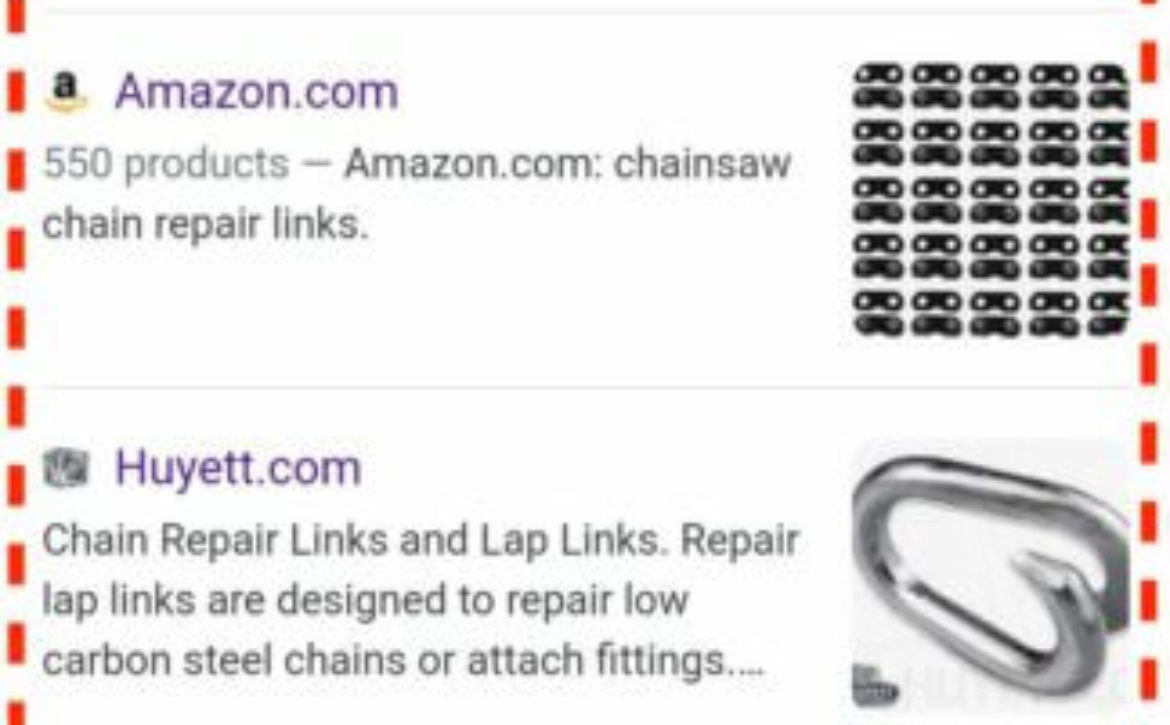Google launches ‘Shops’ section in mobile search results
Google has launched a “Shops” section in the mobile search results, a company spokesperson has confirmed to Search Engine Land. The Shops section shows three retailers (but can be expanded to show up to ten) based on their organic search rankings and is available on mobile devices for select shopping-related queries in the U.S.
Tip of the hat to Khushal Bherwani for bringing this to our attention.
Google’s statement. “We recently launched Shops, a new module available on mobile devices for select US-English shopping-related queries,” a Google spokesperson told Search Engine Land, “We launched this to help present more seller options to users on Search. This feature currently shows 3 shops and users can then expand to see up to 10 merchants depending on availability. The selection of results shown and their order are based on organic search ranking.”
Another milestone for Google’s organic shopping efforts. Over the last two years, Google has expanded its shopping-related results from being a paid product to also offering plenty of visibility opportunities organically, beginning with the introduction of free product listings in April 2020.
The company has also introduced a “deals” section in the search results and launched Shopping integrations for Shopify, WooCommerce and GoDaddy, among other e-commerce platforms.
Why we care. The Shops section is another area in the search results where retailers might potentially appear, which can increase awareness for their brands and drive traffic. However, since the Shops section is based on organic search ranking, retailers who don’t already rank well may not be able to reap its benefits.
As Google continues to add support for organic shopping features, it only becomes more important for merchants to ensure their sites are optimized both for traditional search results and shopping-related features.
Non-shopping results may also appear in the same results page as the Shops section (in the case of the screenshot above, there is a listing for a tutorial on how to fix a broken bike chain). The addition of more shopping features may potentially push non-shopping-related results further down the page, which can affect clickthroughs.
From an industry perspective, Google’s buildout of organic e-commerce features supporting both users and merchants speaks to the rise of digital commerce and its role in the company’s strategy.
The post Google launches ‘Shops’ section in mobile search results appeared first on Search Engine Land.






